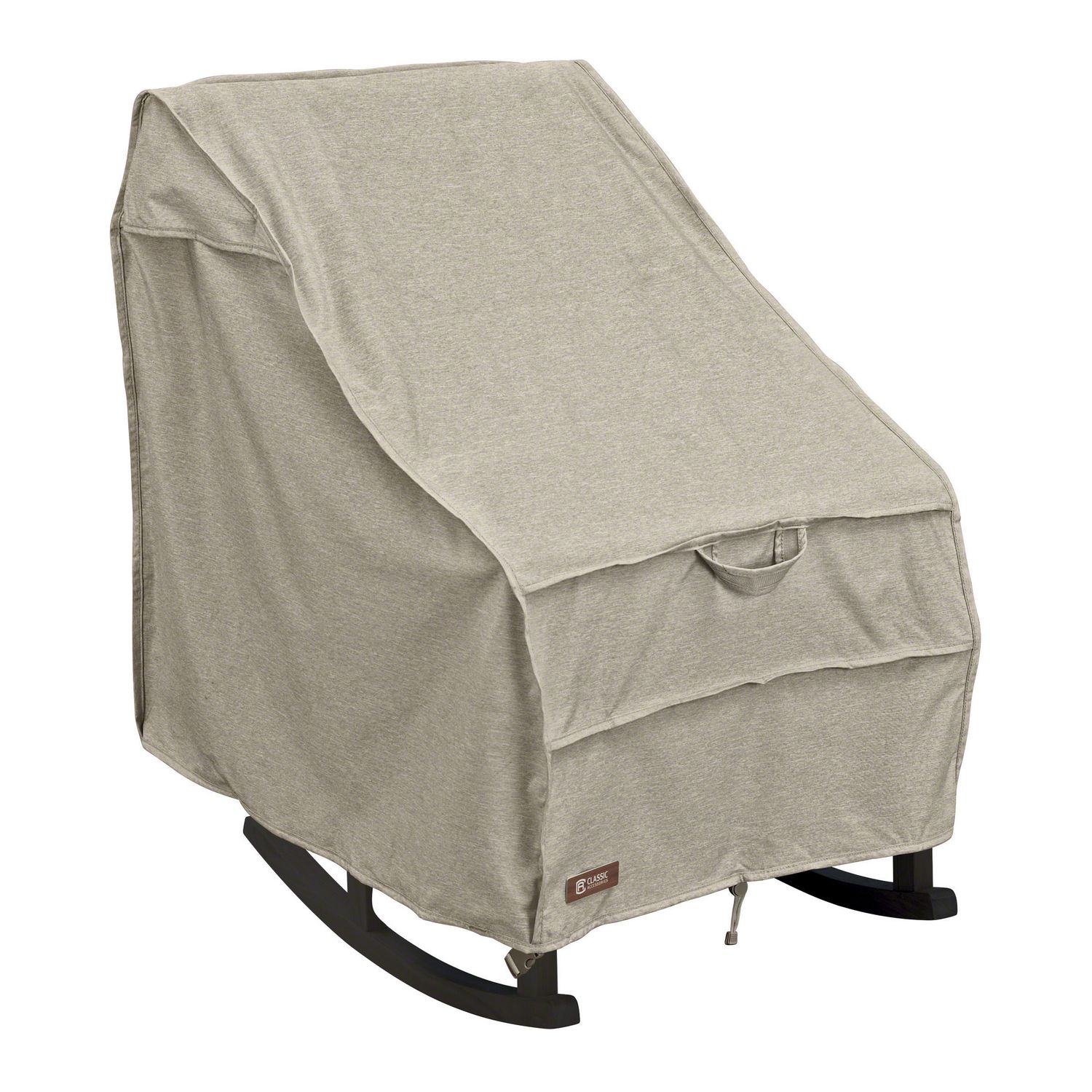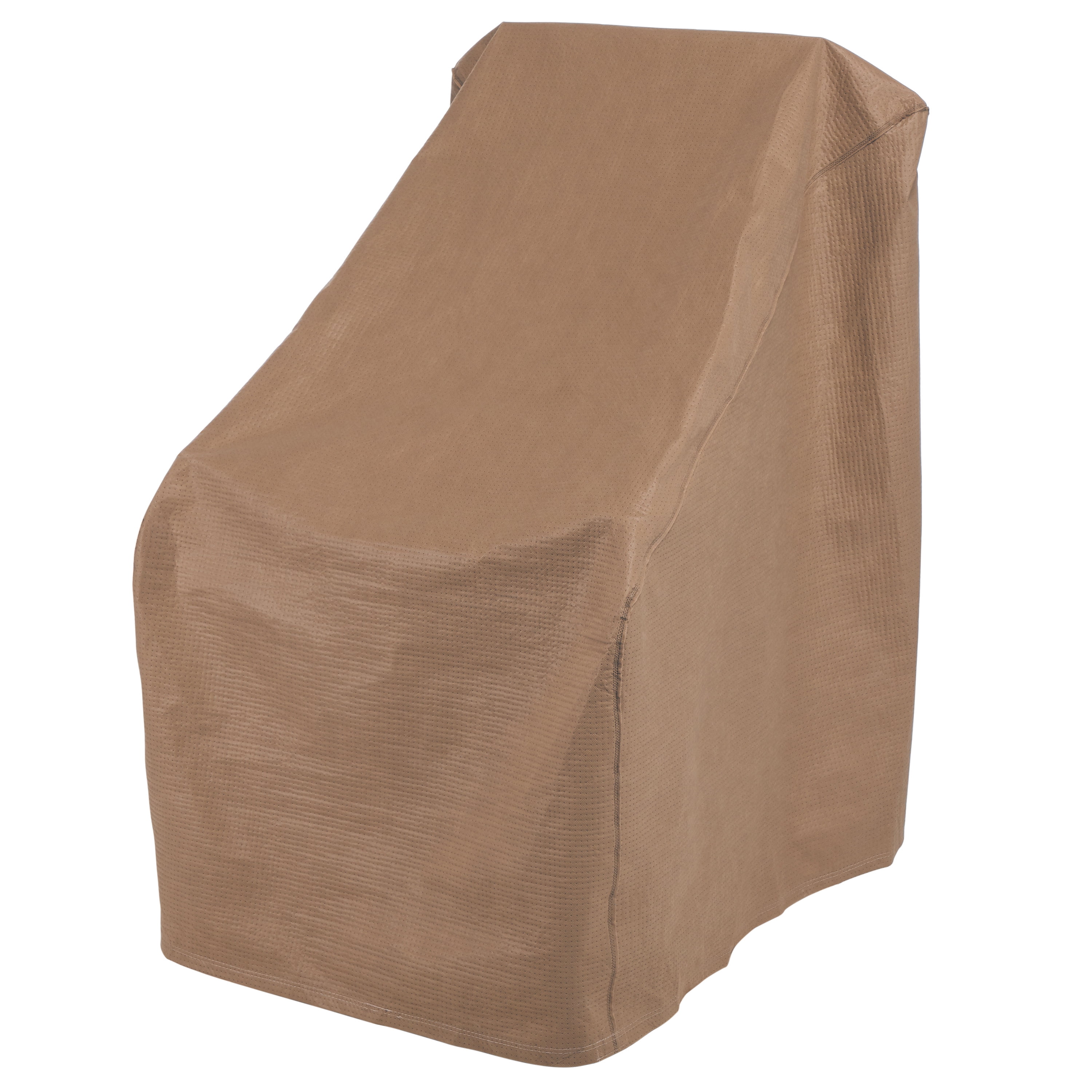Rocking Chair Rocker Cover Maintenance and Repair

Proper maintenance and timely repair of rocking chair rocker covers are crucial for extending the lifespan of your cherished rocking chair and ensuring its safe and comfortable use. Neglecting these aspects can lead to instability, damage to the chair’s structure, and ultimately, injury. This section details the processes involved in maintaining and repairing these vital components.
Cleaning and Maintaining Rocking Chair Rocker Covers
Regular cleaning and maintenance prevent the accumulation of dirt, debris, and moisture, which can accelerate wear and tear. The specific cleaning method depends on the material of the rocker covers.
- Wood Rocker Covers: Dust regularly with a soft cloth or brush. For deeper cleaning, use a damp cloth with mild soap and water, ensuring thorough drying afterward. Avoid harsh chemicals or abrasive cleaners that can damage the wood’s finish. Periodically apply a wood conditioner or polish to maintain the wood’s luster and protect it from dryness and cracking.
- Metal Rocker Covers: Wipe clean with a damp cloth and mild detergent. For stubborn dirt or rust, use a metal polish specifically designed for the type of metal (e.g., brass, iron). Always dry thoroughly to prevent rust formation.
- Plastic Rocker Covers: These are generally easy to clean. Use a damp cloth with mild soap and water, or a suitable plastic cleaner. Avoid abrasive cleaners or harsh chemicals that can scratch or discolor the plastic.
Common Problems and Solutions for Rocker Covers
Several issues can arise with rocker covers over time. Early detection and prompt action can prevent further damage.
- Wear and Tear: Excessive wear, often visible as grooves or flattening on the rocker surface, reduces stability and can lead to wobbling. This can be addressed by sanding and refinishing wood covers or replacing severely worn metal or plastic covers.
- Cracks or Splits: Cracks in wood covers can be repaired with wood glue and clamps, followed by sanding and refinishing. Significant cracks may require replacement. Cracks in plastic covers are generally harder to repair and often necessitate replacement.
- Loose or Wobbly Covers: This often indicates loose screws or fasteners. Tighten these securely. If the problem persists, it might signal structural damage within the rocker or the need for new covers.
- Rust (Metal Covers): Rust can weaken the metal and compromise the cover’s structural integrity. Remove rust with a wire brush or rust remover, then apply a rust-preventative coating.
Replacing Worn-Out Rocker Covers
Replacing worn-out rocker covers requires careful attention to detail. The following steps illustrate the process for wood rocker covers (adaptations may be necessary for other materials).
- Image 1: Removing the Old Rocker Covers. This image shows a person carefully removing screws or bolts that secure the old rocker covers to the rocking chair’s base. The image emphasizes the use of the appropriate tools to avoid damaging the wood.
- Image 2: Measuring the New Rocker Covers. This image shows precise measurements being taken of the rocking chair’s base to ensure the new rocker covers fit correctly. It highlights the importance of accuracy to maintain the chair’s stability and balance.
- Image 3: Installing the New Rocker Covers. This image depicts the careful placement and secure fastening of the new rocker covers onto the rocking chair’s base, using the appropriate screws or bolts and ensuring even distribution of pressure to prevent warping.
- Image 4: Final Check for Stability. This image shows a person gently rocking the chair to test its stability and balance after installing the new rocker covers, ensuring the chair rocks smoothly and without wobbling.
The Impact of Rocker Covers on Rocking Chair Function and Aesthetics: Rocking Chair Rocker Covers

Rocker covers significantly influence both the functionality and aesthetic appeal of a rocking chair. The choice of material and design directly impacts the chair’s rocking motion, stability, and overall visual integration within a home’s décor. Understanding these impacts allows for informed decisions when selecting or replacing rocker covers.
Rocker Cover Materials and Their Effect on Rocking Motion and Stability
The material of a rocker cover directly affects the rocking chair’s performance. Harder materials, such as polished hardwood or durable plastics, provide a smoother, more effortless gliding motion. The surface friction is lower, resulting in a quieter and more fluid rocking experience. Conversely, softer materials like felt or certain fabrics can increase friction, potentially slowing the rocking motion and requiring more effort to initiate or maintain the rocking. The shape and thickness of the cover also play a role; thicker covers can alter the rocking chair’s center of gravity, potentially impacting stability. A poorly fitted or excessively thick cover could make the chair feel less stable or even unstable, particularly for those with mobility challenges. Conversely, a well-fitted cover of appropriate thickness enhances the smooth rocking motion.
The Aesthetic Contribution of Rocker Covers to Rocking Chairs
Rocker covers are a simple yet effective way to enhance the aesthetic appeal of a rocking chair. They can dramatically alter the chair’s overall look and feel, allowing for personalization and stylistic integration within various interior design schemes. For instance, a simple, plain rocker cover in a neutral color like beige or gray can seamlessly blend into a minimalist or contemporary setting. A more ornate cover, perhaps featuring intricate stitching or a bold pattern, could add a touch of elegance or vibrancy to a traditional or eclectic interior. Covers made from luxurious materials, such as high-quality leather or plush velvet, contribute to a feeling of opulence and sophistication. Conversely, a cover made from a rustic fabric like burlap could complement a farmhouse or rustic style. The color and texture of the cover are crucial; a bright, patterned cover can inject energy into a space, while a darker, textured cover can add a sense of warmth and coziness. Consider the overall color palette of the room and the existing furniture when choosing a rocker cover to ensure a cohesive and harmonious aesthetic.
